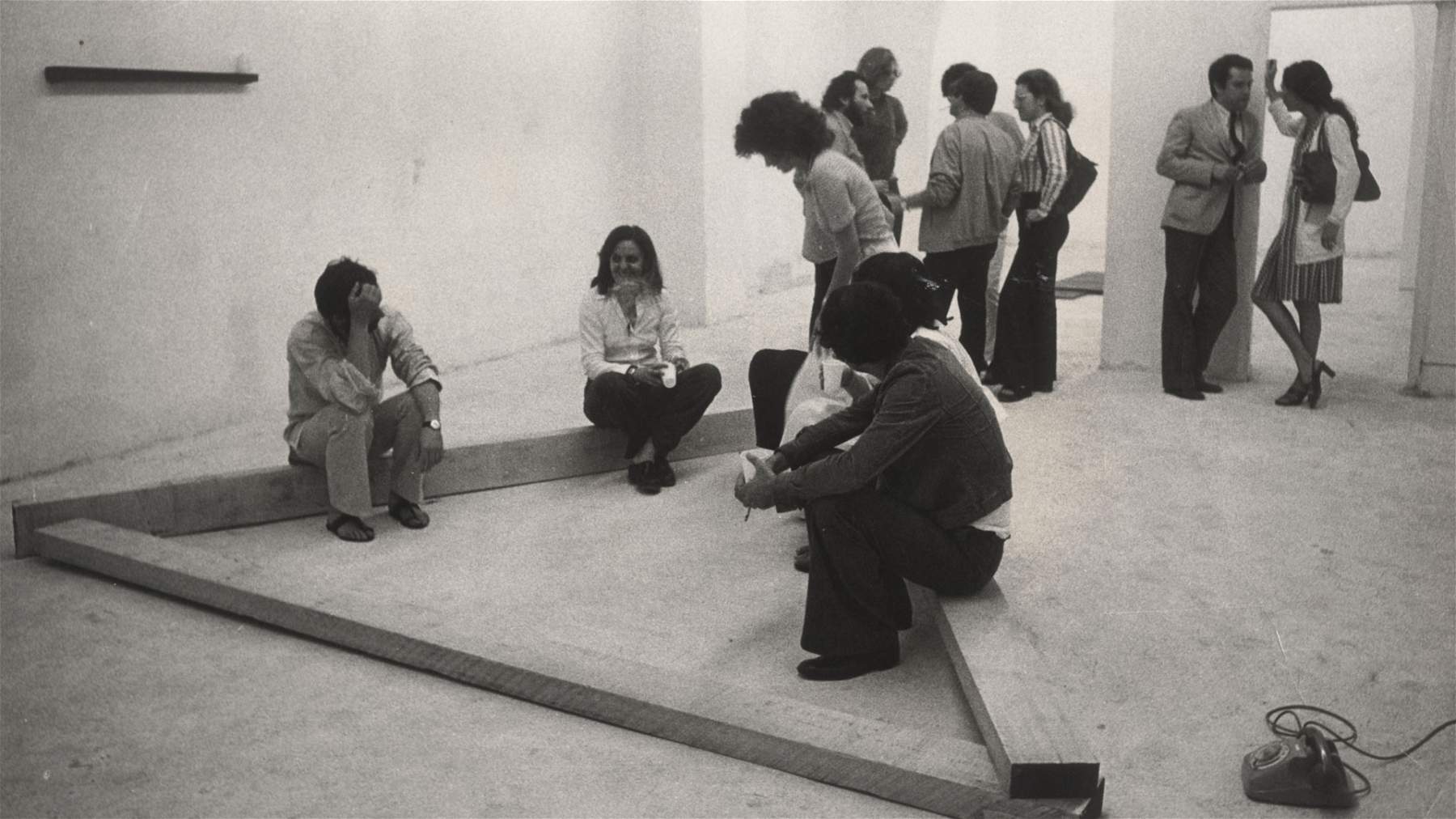Rome, at MAXXI for the first time an exhibition on the archive of a gallery, that of Ugo Ferranti
For the first time, MAXXI is devoting a focus to a gallery archive, granted on loan for use to MAXXI at the behest of Maurizio Faraoni. Letters, manuscripts, photographs, invitations, posters and publications restore the various aspects of gallery owner Ugo Ferranti’s work: the exchanges with artists and critics as well as the weaving of professional and friendship relationships with Italian and international galleries that would last over the years.
The gallery, opened by Massimo d’Alessandro in 1974, immediately established itself as a place of reference for European and American conceptual art. The documents on display reveal the dialogue of the works with the exhibition space, which grew out of the very reflections of the mid-1970s around radical architecture, minimalist and environmental art. The focus presents central moments and figures of the era including: Richard Nonas, Niele Toroni, Richard Tuttle, Mario Schifano, Christo, Marcia Hafif, Giulio Paolini, André Cadere, Maurizio Mochetti, Domenico Bianchi, Bruno Ceccobelli, Gianni Dessì, Giuseppe Gallo, Daniel Buren, Cy Twombly, Sol LeWitt, and Jannis Kounellis.
The project also includes an exhibition focus in Gallery 1 dedicated to Richard Nonas, the first tribute by an Italian institution to the great American artist who recently passed away. In addition to these two exhibition moments, a series of in-depth meetings on the art scene of the 1970s and early 1980s are planned. The project as a whole aims to restore a scenario rich in protagonists and ferment, in which the drive for political and social renewal and new cultural openings were closely intertwined with the vicissitudes of art.
The exhibition, entitled Archivio Ugo Ferranti. Rome 1974 - 1985, curated by Maria Alicata, is on view until April 30.
For all information, you can visit MAXXI’s official website.
Pictured: Audience sits on the sculpture Plow (Rome) at the opening of Richard Nonas’ exhibition, Rome, ArtePer, June 20, 1974 I Ph. credit: Mimmo Capone
 |
| Rome, at MAXXI for the first time an exhibition on the archive of a gallery, that of Ugo Ferranti |
Warning: the translation into English of the original Italian article was created using automatic tools. We undertake to review all articles, but we do not guarantee the total absence of inaccuracies in the translation due to the program. You can find the original by clicking on the ITA button. If you find any mistake,please contact us.




























